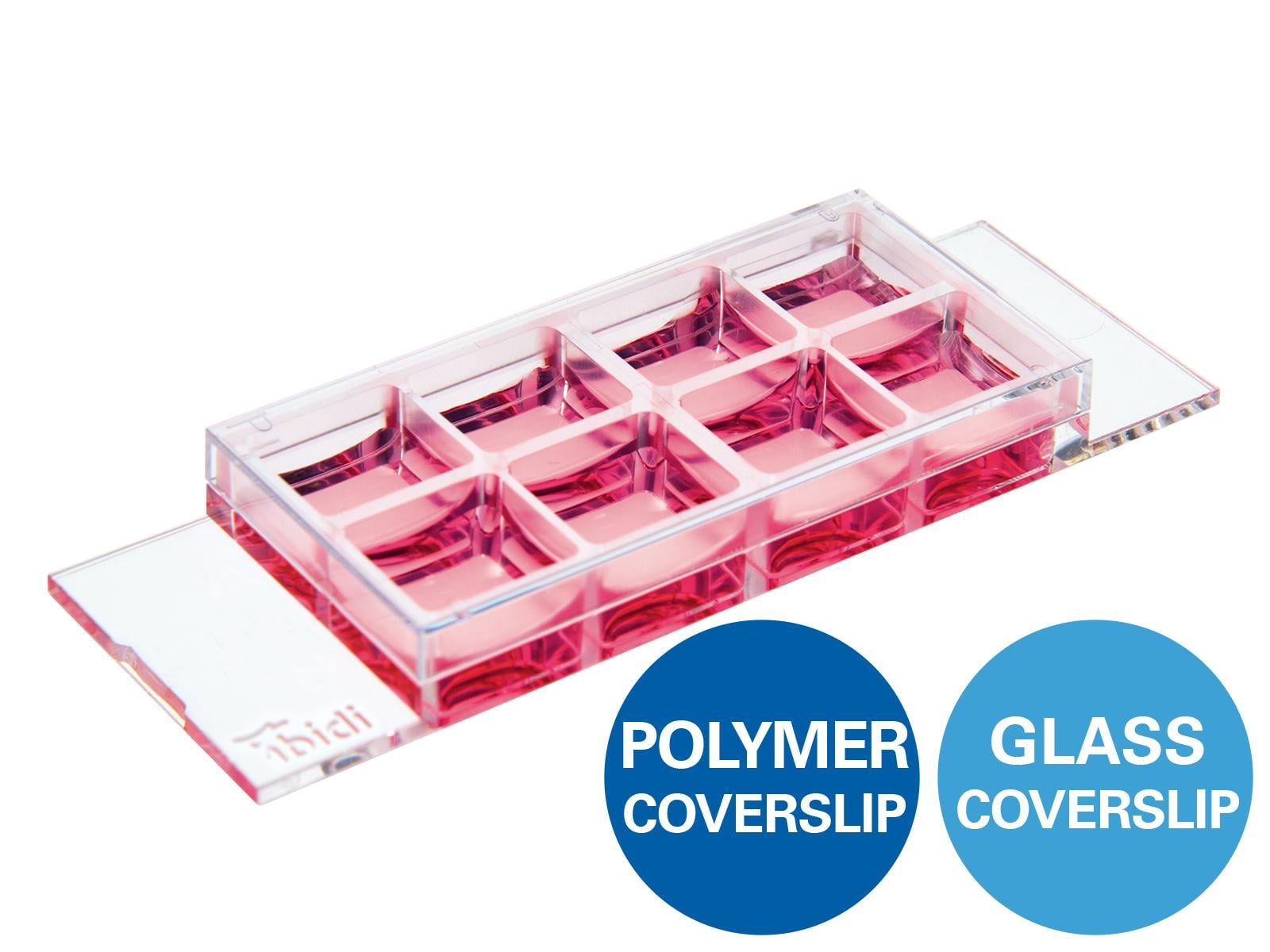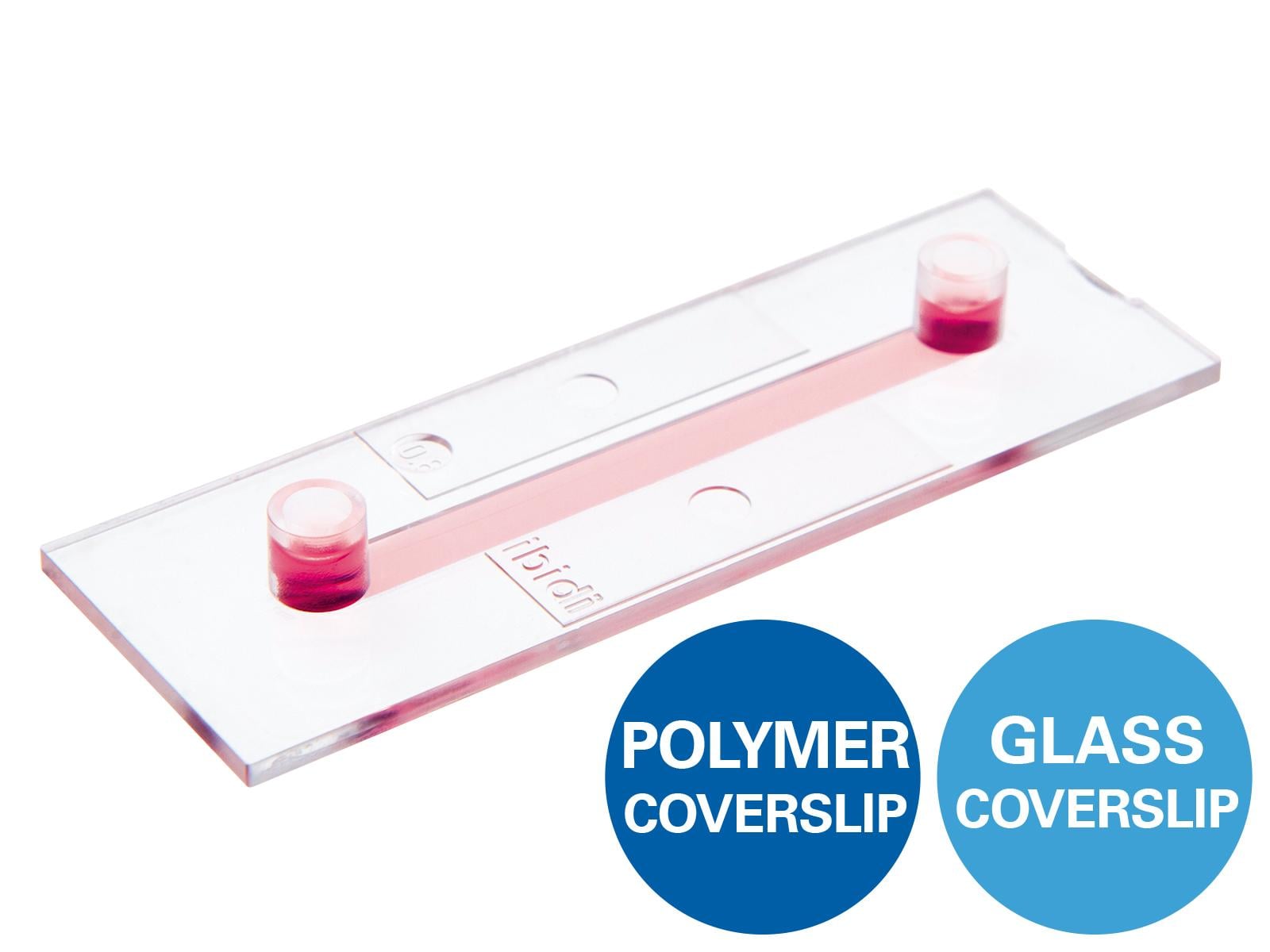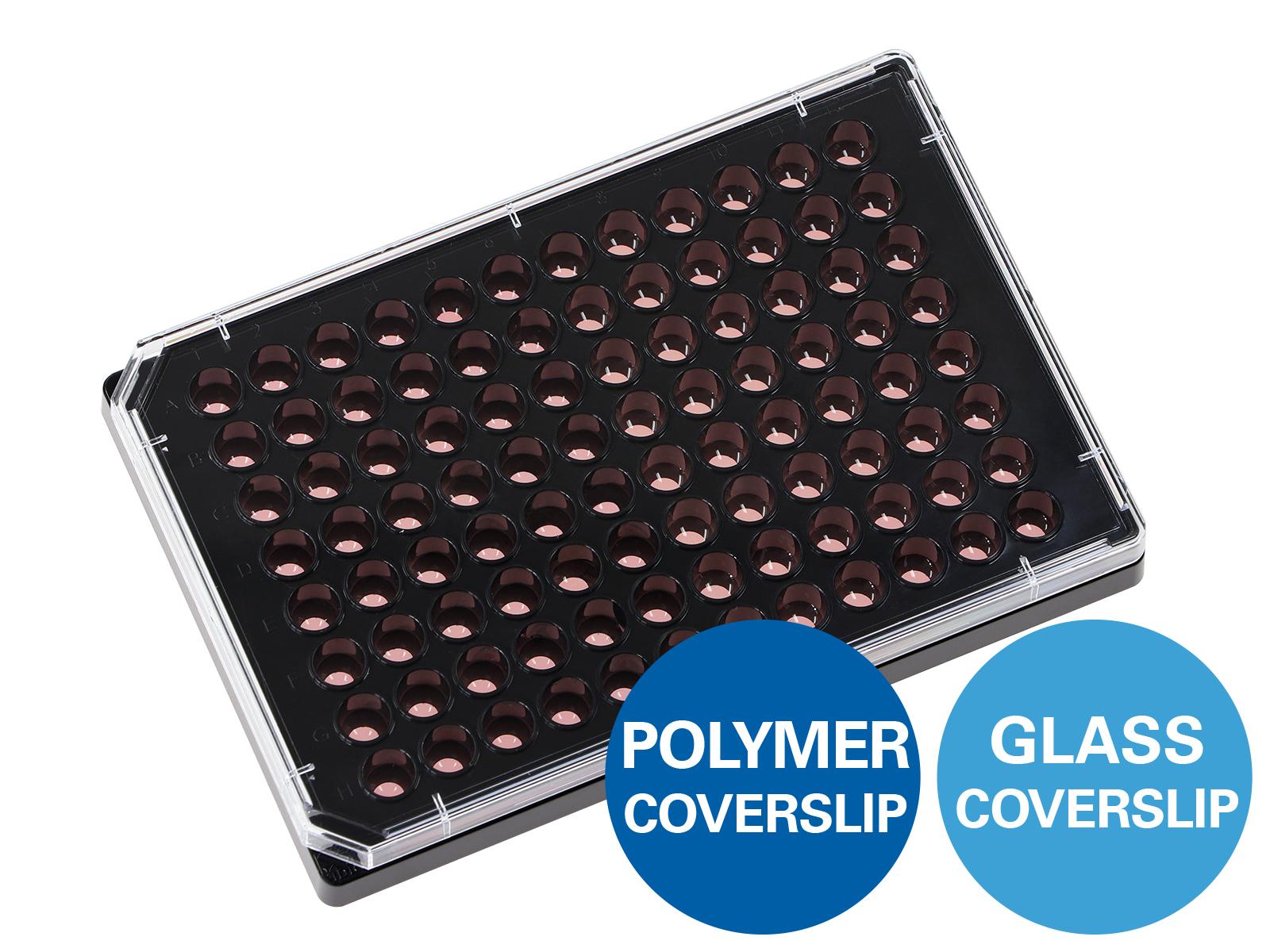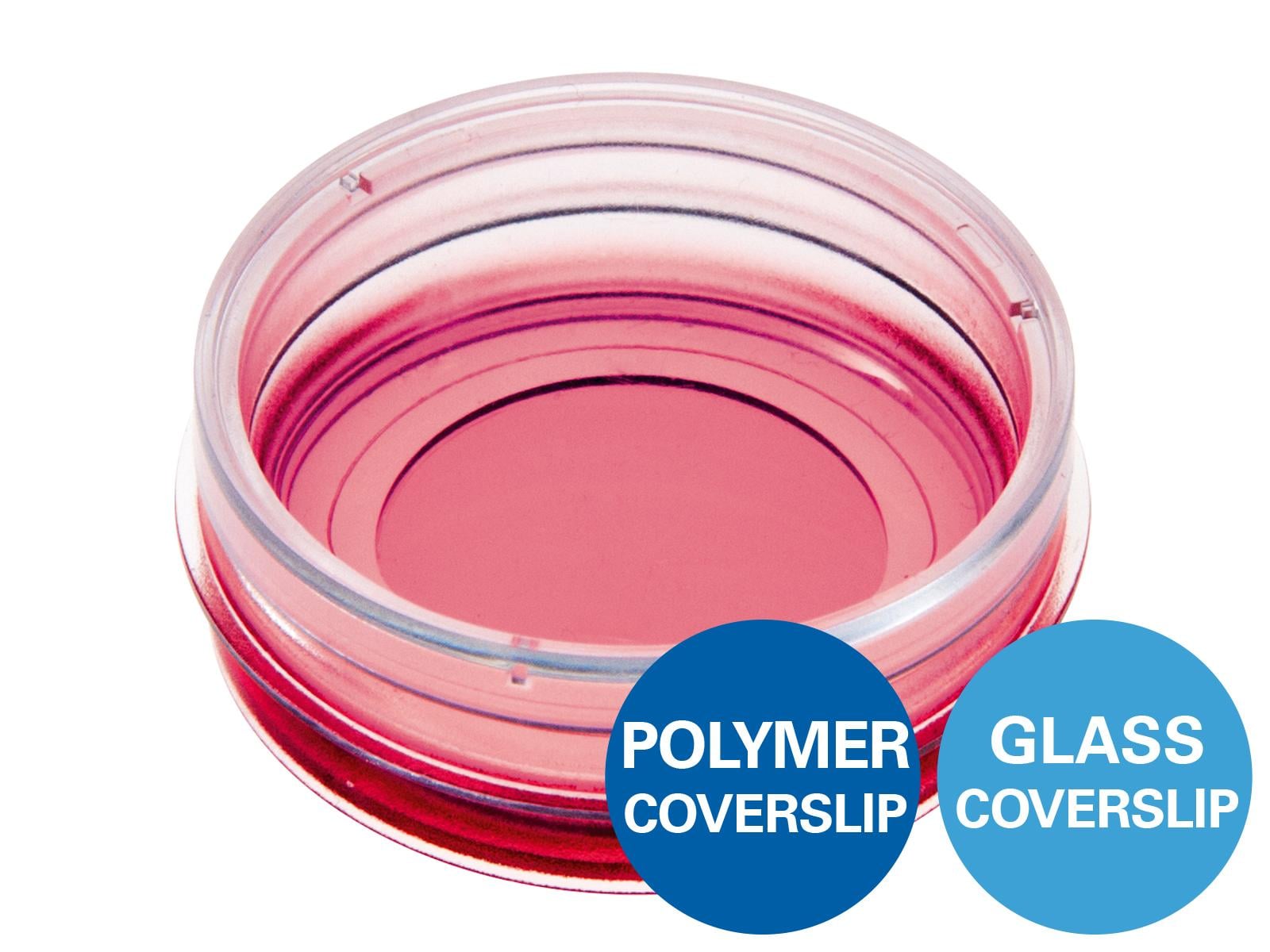TT2: Migration Arena – Simplified Endpoint Analysis of Chemotaxis
The Migration Arena is a modified chemotaxis assay that introduces hydrogel-based barriers into a µ-Slide Chemotaxis chamber. It enables robust endpoint analysis of chemotaxis of slow migrating cells in 2D or 3D without time-lapse imaging or trajectory tracking.
Developed within a funded research project, it demonstrates ibidi’s ongoing innovation in quantitative cell migration and chemotaxis assays.
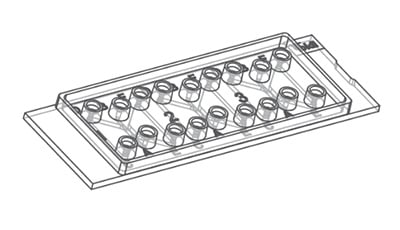
Why It Matters
Directed cell migration, or chemotaxis, is a fundamental process involved in development, immune response, wound healing, and cancer metastasis.
Studying molecules or cell targets that affect cell migration (or invasion through 3D matrices) is crucial for identifying new therapeutic targets and for screening compounds that influence cell motility.
For the first time, the Migration Arena enables simple, robust endpoint analysis of slow-moving cells in 2D or 3D environments without the need for time-lapse imaging or complex trajectory tracking. This simplifies experimental workflows and allows high-throughput analysis of chemotactic responses in drug testing assays, accelerating research in cancer biology, tissue engineering, and regenerative medicine.
The Idea Behind the Technology: Simple, Robust Endpoint Analysis of Chemotaxis Assays
In the Migration Arena, physical hydrogel barriers are introduced on both sides of the gel region within a µ-Slide Chemotaxis chamber. These barriers confine cells within the gel, preventing lateral escape into reservoirs, which leads to a more polarized and interpretable cell distribution along the chemotactic gradient. As a result, cells migrate directionally toward the chemoattractant and accumulate on one side of the arena, producing a clear and quantifiable endpoint pattern. The hydrogel-based barriers are structured lithographically in the channel and do not hinder the formation of the chemoattractant gradient. The method is suitable for studying a wide range of slow-moving cell types, including fibroblasts, keratinocytes, and tumor cells.
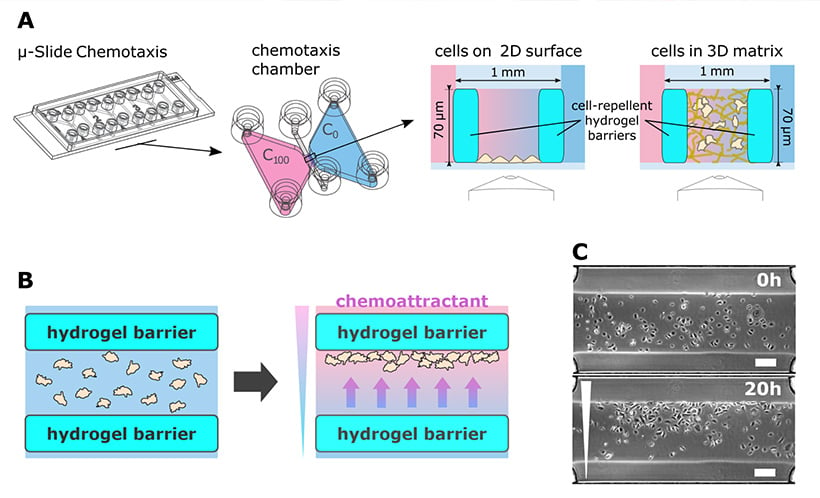
(A) μ-Slide Chemotaxis was supplemented with a hydrogel migration arena, positioned in the gradient region of the chemotaxis chamber. (B) Function of the migration arena. Cell migration is restricted to the area of the migration arena by barriers from cell-repellent hydrogel. Initially, cells are distributed uniformly in the migration arena. When a gradient is established across the arena, cells migrate in the direction of the chemoattractant and accumulate at one side of the arena. The chemotactic effect can be identified from the end-point micrograph. (C) Example of keratinocytes distribution in the migration arena at the beginning of the experiment and after 20 hours of migration in a gradient of TGFα. Scale bar = 200 μm. Tomasova et al. (2019), PLoS ONE.
Status and Outlook
The project has been completed as a prototype as a research collaboration with the Institute of Complex Systems, Biomechanics, at the Forschungszentrum Jülich GmbH and has been published under doi:10.1371/journal.pone.0219708.
Further developments focus on extending the concept to additional cell types and gradient systems for applications in drug discovery and cell-based screening.
Synergies and Compatibility
The Migration Arena is based on the well-established µ-Slide Chemotaxis. It provides a simple, reproducible, and scalable approach for endpoint chemotaxis analysis and integrates seamlessly into ibidi’s microscopy-compatible assay systems.
Related ibidi Products
Key Facts
- Partners: Institute of Complex Systems, Biomechanics, Forschungszentrum Jülich GmbH
- Project leads: Lea Tomasova (ltomasova@ibidi.de), Zeno Guttenberg
- Related patent applications or patents: US8679737B2 (03/2014), US9778153B2 (10/2017), EP3020480B1 (10/2019)
- Stage: Prototype
- Publications:
Tomasova L, Guttenberg Z, Hoffmann B, Merkel R. Advanced 2D/3D cell migration assay for faster evaluation of chemotaxis of slow-moving cells. PLoS One. 2019;14(7):e0219708. Published 2019 Jul 17. doi:10.1371/journal.pone.0219708
Tomasova, Lea: Advanced migration assays for studying chemotaxis of slow moving cells. - Bonn, 2021. - Dissertation, Rheinische Friedrich-Wilhelms-Universität Bonn. https://nbn-resolving.org/urn:nbn:de:hbz:5-64622 - Focus Area: Chemotaxis, Cell Migration, 2D and 3D Cell Culture, Assay Development

